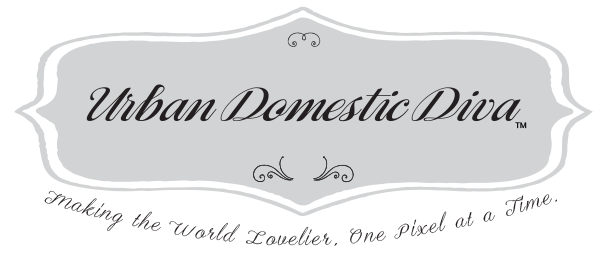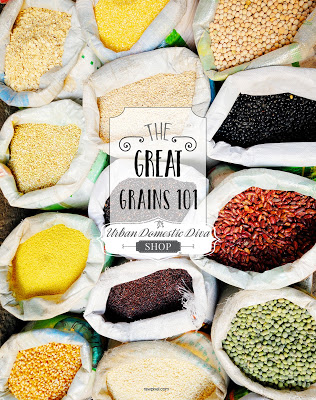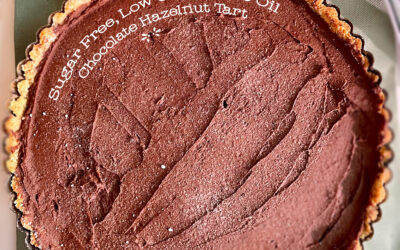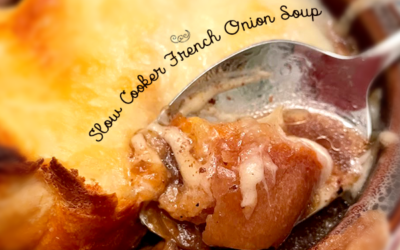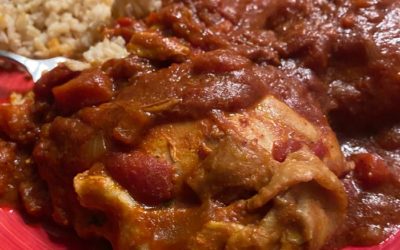In early 2009, I made a resolution to lose weight and get healthy. I used South Beach as my guide to do so. Now starting 2010, my family and I have been eating like this for so long, it has become a lifestyle for us. Eating a high fiber, low sugar diet has not only helped me get to a happy dress size, but it has made me a lot healthier. My Crohn’s disease has quieted from the lack of gluten and sugar (known to be an inflammatory), and my skin and hair look healthier and clearer.
A staple of this diet in the phase 2 & 3 are whole grains. This has really opened up my culinary world as we have learned about them and learned how to cook with them. There are 300 page cookbooks out there dedicated to whole grains and recipes for them, so this post is just scratching the surface. I am just going to give you a quick rundown of the variety of whole grains out there as well as the flours. Surprisingly, a lot of these items can be found in your grocery store.
Bob’s Red Mill is one grain company that has made it into a lot of our large grocery chains and even our smaller certi-saver stores. Some of the smaller ethnic markets are sure to have some different flours and grains because its other cultures that really cooks with them. The American diet consists of a lot of refined white flour-but whole grains are slowly becoming more mainstream.
Here is the overview I promised:
Flours:
Semolina-This grain is made from durum wheat, the hardest type of wheat grown. This is the highest in gluten and is often used to make pastas, custards and desserts. It comes in 4 refined ways:
Semolina flour is finely ground endosperm of durum wheat.Semolina meal is a coarsely ground cereal like farina.Wheatina is ground whole-grain wheat.Durum flour is finely ground semolina.
Whole Wheat Flour-This is ground wheat in its natural form, ground from the whole kernel of wheat. It has a heavier texture that white flour because it keeps its fiber and nutrients. It is good for baking.
Whole Wheat Pastry Flour-This is milled from lower protein flour which is it’s only differentiator from regular whole wheat flour. So it is a little more tender so it’s better for muffins, quick breads and pancakes.
Spelt- The ancient form of the wheat we have today. It is in fact part of the wheat species. It has some gluten, so it is good for quick breads and muffins.
Kamut- is the ancient form of today’s durum wheat, and therefore part of the wheat species. It was originally cultivated in the fertile delta. Some say it has a natural sweetness and is very well tolerated by some people with wheat allergies.
Amaranth-This has a unique taste so it is often mixed with other flours when baking. Amaranth is technically a fruit plant and it is the seeds that get refined into flour. It has a lot more protein than wheat.
Brown Rice Flour-This is ground rice, turned into flour. It has no gluten so if you make this for bread it won’t rise. This is a good flour for people with wheat allergies.
Buckwheat Flour-Buckwheat is not a grass or a cereal. It is a flowering plant that it’s seeds are used like a grain. This is another flour with a very strong, robust flavor, so use it wisely. It is also Gluten free.
Cornmeal-To mill this, most of the fiber has been removed, but not the germ which has all the nutrients.
Rye Flour- A natural for rye bread. Dark rye flour contains the bran and the germ of the rye grain; light rye flour does not.
Triticale Flour-This is a grain hybrid from wheat and rye. It has more protein than typical Rye flour.
Grains:
Cracked Wheat- This is simply the whole wheat berry cracked dry. It is not preboiled or steamed like Bulgur, so it takes much longer to cook. This is the main difference between bulgur and cracked wheat.
Freekeh- Young, green, unripened wheat berries, roasted then rubbed from the chaff, then cracked. The roasting of the grain gives freekeh a toasted flavor.
Farro- This is using the whole wheat berry, matured, and not toasted. It can be found in whole grain, semi-pearled, and pearled. Farro has more gluten than freekeh.
Barley- A delicate, chewy grain, you can get it in different sizes. The unrefined, whole barley, sometimes called “Pot Barley”, has the most fiber and vitamins. Refined barley is called “pearl” barley, and is the common one found in stores. Pearl barley has had its outer layer of the grain removed.
Corn-Corn is often mistaken to be a vegetable, but it is in fact a grain (with a high sugar content, I might add). Coarse ground corn kernels are made for grits while the more refined version is turned into corn flour.
Couscous-This is not really a grain, it just gets prepared like a grain that it is considered as such. But it is made with semolina flour. If you can find whole-grain couscous, it will have more fiber and it would be better for you.
Millet- This grain comes from the pearl-like seeds from a grass species. The protein content is very close to wheat.This cooks up pretty fast and can be added into a hot cereal or breads.
Quinoa-One of Man’s oldest grains, it has a fluffy texture and very high protein content. It comes from the seed of a cereal like plant. If not prerinsed it can get bitter.
Rice-As you probably know, you can get different refined rices. Minute rice is the most refined out there (how else can you cook it in minutes?) Brown rice is the most unrefined rice, and it takes 40 -50 minutes to cook. It has a nice, nutty texture and can come in short, medium and long grain. This is the rice that has the most fiber and nutrients. Short grain is the sweetest and starchiest of the three grain sizes. There are also exotic varieties of rice, like basmati (Indian) arborio (Italian) and Japanese. They all have a different texture, flavor and starch content. So if your recipe calls for these, I would urge you to not substitute.
Teff-This grain is very small and a very ancient grain. It comes in dark brown or white varieties and is made into bread in Ethiopia. It has higher protein that wheat grain.
Wild Rice-This grain is not even a rice grain, but a grass seed. It is indigenous to North America and comes from tall, aquatic grass. Wild Rice take longer to cook, about 40 minutes.
Oat Flour-This is the oat groat milled to a fine powder. This has no gluten, so it too will not rise without some wheat flour or a binder of some sort. You can make it yourself by putting oats in a food processor and pulsing until you achieve a fine texture.
Buckwheat-This grain is also called “Kasha”. As said above, Buckwheat is not a grass or a cereal. It is a flowering plant that it’s seeds are used as a grain. It can be used in cereals, porridge, noodles, and pilafs.
Bulgur-This grain gets confused with cracked wheat a lot. It is different in its mill process from cracked wheat. Bulgur gets steamed and the outer layer removed. Because it is partially cooked during the refining process, it is quicker to cook than cracked wheat. It comes in three sizes, #1, #2, #3 & #4. As the size goes up the numbers go up as well, #4 being the largest grain size.
- Sugar-Free, Low-Carb, Olive Oil Chocolate Hazelnut Tart - February 18, 2023
- Easy Slow Cooker French Onion Soup - November 28, 2022
- Recipe: Chicken Vindaloo with Whole Foods Vindaloo Curry Powder - January 22, 2022
